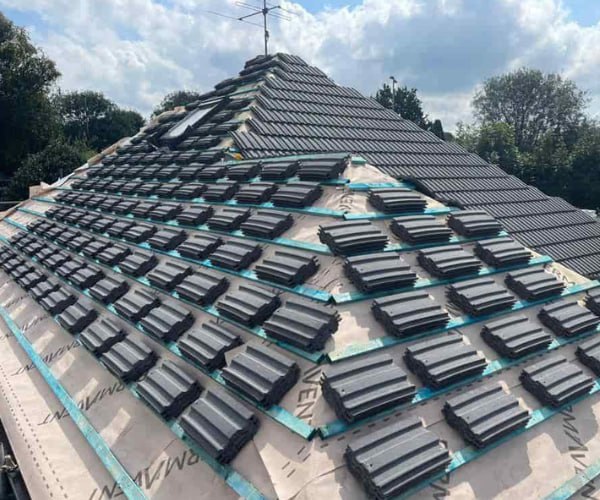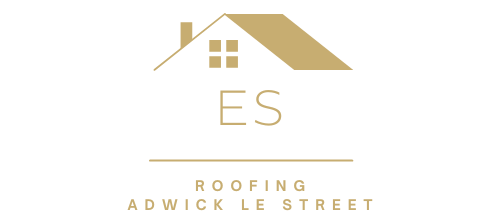How to Communicate with Your Insurance Company About Roof Damage
Introduction: Effective communication with your insurance company is crucial when dealing with roof damage. At ES Roofing Adwick Le Street, we understand homeowners’ challenges when navigating insurance claims. This blog post will guide you through how to communicate effectively with your insurance company about roof damage, ensuring a smooth and successful claims process.
1. Document the Damage Thoroughly
Before contacting your insurance company, gather as much evidence as possible to support your claim. Proper documentation will strengthen your case and give the insurer a clear understanding of the damage.
- Take Clear Photographs: Capture high-quality images of the roof damage from multiple angles. Include close-ups and wide shots to show the extent of the damage.
- Record Videos: Videos can provide a more comprehensive view of the damage. Narrate the video to explain the affected areas and any visible issues.
- Keep Detailed Notes: Write down the date and time of the damage, the cause (if known), and any immediate steps you took to mitigate further damage.
2. Review Your Insurance Policy
Understanding your insurance policy is essential before contacting your insurer. Review the policy to know what is covered, the coverage limits, and any exclusions that may apply.
- Check Coverage Details: Confirm that your policy covers roof damage and the specific causes (e.g., storms, hail, falling trees).
- Understand Deductibles: Know the deductible amount you will need to pay out of pocket before your insurance coverage begins.
- Note Policy Limits: Identify any limits on the coverage amount for roof repairs or replacements.
3. Contact Your Insurance Company Promptly
Timely communication with your insurance company is vital. Most policies require homeowners to report damage as soon as possible.
- Call Your Insurer: Contact your insurance company’s claims department. Have your policy number and all relevant information ready.
- Be Prepared to Answer Questions: The insurer will ask questions about the damage, cause, and any preventive measures taken. Provide clear and concise answers.
- Follow Up in Writing: Send a follow-up email or letter summarising your conversation. Include your claim number and any additional information requested.
4. Schedule an Inspection with an Insurance Adjuster
The insurance company will likely send an adjuster to inspect the damage and assess the claim. Prepare for the inspection to ensure a fair evaluation.
- Be Present During the Inspection: Attend the inspection to answer any questions and provide additional details about the damage.
- Show All Damage: Walk the adjuster through the affected areas and highlight any hidden or less obvious damage.
- Request a Copy of the Report: For your records, ask for a copy of the adjuster’s report. This report will be crucial if you need to dispute the claim later.
5. Get a Professional Roofing Assessment
Before the adjuster’s visit, consider having a professional roofer from ES Roofing Adwick Le Street inspect the damage and provide an estimate.
- Obtain a Detailed Report: A professional assessment will give you a detailed report of the damage, repair needs, and estimated costs.
- Compare Estimates: Compare the roofer’s estimate with the adjuster’s report to ensure the damage is accurately assessed and valued.
- Use the Report in Negotiations: If there are discrepancies, use the roofer’s report to negotiate a fair settlement with the insurance company.
6. Keep All Communication Records
Maintain detailed records of all communications with your insurance company, including phone calls, emails, letters, and any documents exchanged.
- Create a Communication Log: Keep a log of all interactions, noting dates, times, representatives’ names, and key discussion points.
- Save All Correspondence: Store copies of all emails, letters, and documents related to your claim in a dedicated folder.
7. Negotiate and Settle the Claim
Once the adjuster’s report is completed and all estimates are reviewed, you may need to negotiate the settlement amount with your insurance company.
- Review the Settlement Offer: Carefully review the insurance company’s settlement offer to ensure it covers all necessary repairs or replacements.
- Negotiate if Necessary: If the offer is insufficient, provide additional documentation and estimates to support your case. Be persistent but professional in your communications.
- Agree on a Settlement: Ensure all terms are clearly outlined in writing once an agreement is reached. Confirm the timeline for receiving the settlement funds.
8. Proceed with Repairs
After finalising the settlement, you can proceed with the necessary roof repairs. Choose a reputable roofing contractor, like ES Roofing Adwick Le Street, to ensure quality workmanship.
- Hire a Trusted Roofer: Select a roofer with a proven track record and positive customer reviews.
- Monitor the Repair Process: Stay involved during the repair process to ensure the work is completed satisfactorily.
Conclusion: Communicating effectively with your insurance company about roof damage requires preparation, documentation, and persistence. By following these steps, you can navigate the claims process more smoothly and secure the coverage you need for repairs.
Call us on: 01302 490 482
Click here to find out more about ES Roofing Adwick Le Street
Click here to complete our contact form and see how we can help you with your roofing needs.

